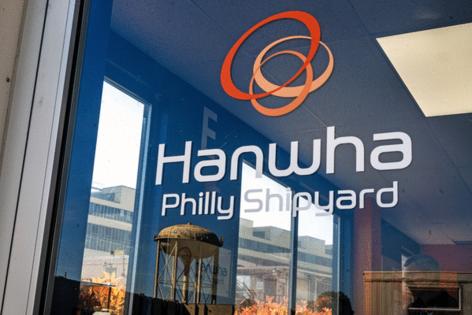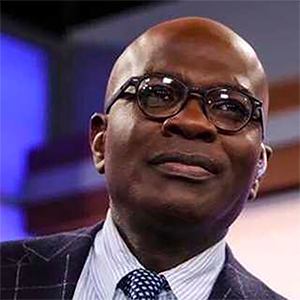Commentary: The revitalization of American shipbuilding is underway in Philadelphia
Published in Op Eds
When Pennsylvania Senator Dave McCormick and Transportation Secretary Sean Duffy visited Philly Shipyard, they did more than highlight Philadelphia’s leading role in the Trump administration’s effort to revitalize the American shipbuilding industry. They emphasized the positive economic effect this effort will have at Philly Shipyard: “We’re going to go from 1,500 employees across multiple sites here to many thousands more.”
Philadelphia is well-known for the signing of the American Declaration of Independence and the Constitution, but the city is also the birthplace of the U.S. Navy. President George Washington signed the Naval Act in 1794 to purchase six frigates for the fledgling U.S. Navy, and the first of these ships was launched from a shipyard in Philadelphia in 1797.
Philadelphia Naval Shipyard continued as a naval base until 1996, and employed more than 40,000 people during the Second World War. Sadly, in recent decades shipbuilding capacity and employment in Philadelphia has stagnated.
Now, President Donald Trump has made resurrecting the American shipbuilding industries one of the flagship initiatives of his second term, announcing a new office of shipbuilding at the White House in a joint session of Congress in early March. A series of executive orders and pending legislation have emerged since, intended to both modernize existing major shipyards and dramatically expand capacity at medium and smaller shipyards.
Last year, South Korean shipbuilder Hanwha Ocean Company purchased Philly Shipyard in a $100 million deal that was hailed by U.S. Navy officials. Hanwha’s investment in Philadelphia is of course primarily a business decision, but the investment is also a strategic investment that has the potential to significantly strengthen the merchant shipping and naval power of the United States.
And this is only the beginning of a wider move of foreign investors in America’s maritime industry. Other than China, South Korea is the world’s biggest and most successful shipbuilder and uses a public-private shipyard model. Commercial shipbuilding at yards that also build warships delivers more reliable annual profits for the shipyard that enables the shipyard to invest in the infrastructure and labor it needs for building warships.
If Hanwha is successful in its plans to revitalize Philly Shipyard, Philadelphia could play a major role in the Trump administration’s shipbuilding revitalization efforts as laid out by the Restoring America’s Maritime Dominance executive order.
That EO states that it is “the policy of the United States to revitalize and rebuild domestic maritime industries and workforce to promote national security and economic prosperity” through a “comprehensive approach that includes securing consistent, predictable, and durable Federal funding, making United States-flagged and built vessels commercially competitive in international commerce, rebuilding America’s maritime manufacturing capabilities (the Maritime Industrial Base), and expanding and strengthening the recruitment, training, and retention of the relevant workforce.”
Congress looks set to aid in this effort, with the revitalization of American shipbuilding the highest-funded effort in the current draft of the defense reconciliation bill. As it currently stands, the draft bill includes $33.7 billion in funding to improve infrastructure and capacity at shipyards and to purchase both new warships and new commercial logistics ships.
Also in late April, Congress also introduced the bipartisan Shipbuilding and Harbor Infrastructure for Prosperity and Security (SHIPS) for America Act, a comprehensive and complementary initiative to cut red tape in shipbuilding and expand mariner and shipyard worker recruitment, training, and retention.
Despite the significant support these two efforts give to the shipbuilding industry, however, it won’t be enough if Congress doesn’t increase the orders of new ships above the current plans to send a long-term demand signal to the industry, especially through the use of multiyear funding and block buys.
Today, Washington sees the efforts underway in Philadelphia to revitalize Philly Shipyard and hire more Philadelphians in the shipbuilding industry as a cornerstone of the effort to resurrect U.S. commercial shipping, expand and modernize the U.S. Navy, and reindustrialize the United States.
____
Wilson Beaver is a Senior Policy Advisor for defense budgeting at The Heritage Foundation.
_____
©2025 Tribune Content Agency, LLC.

























































Comments